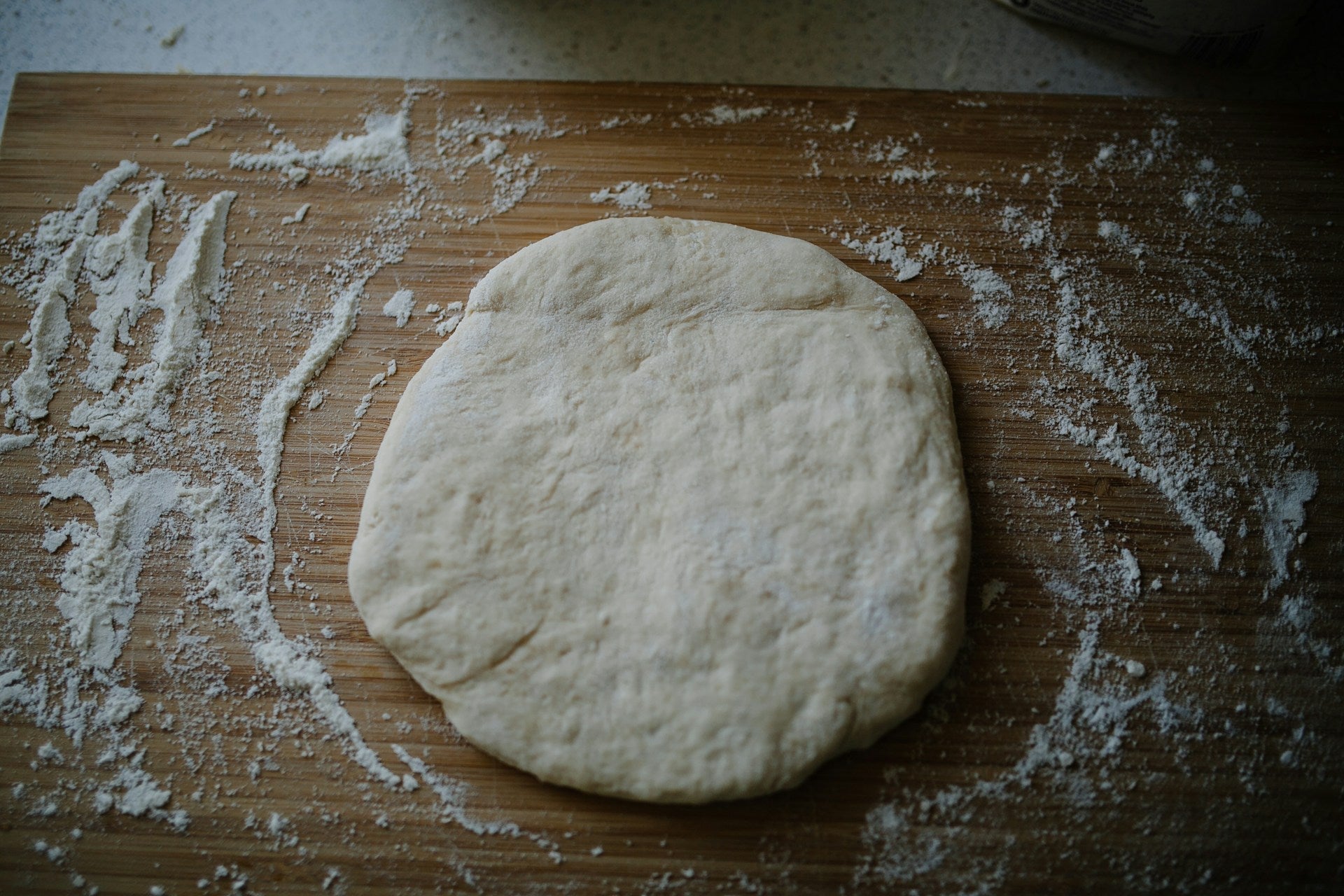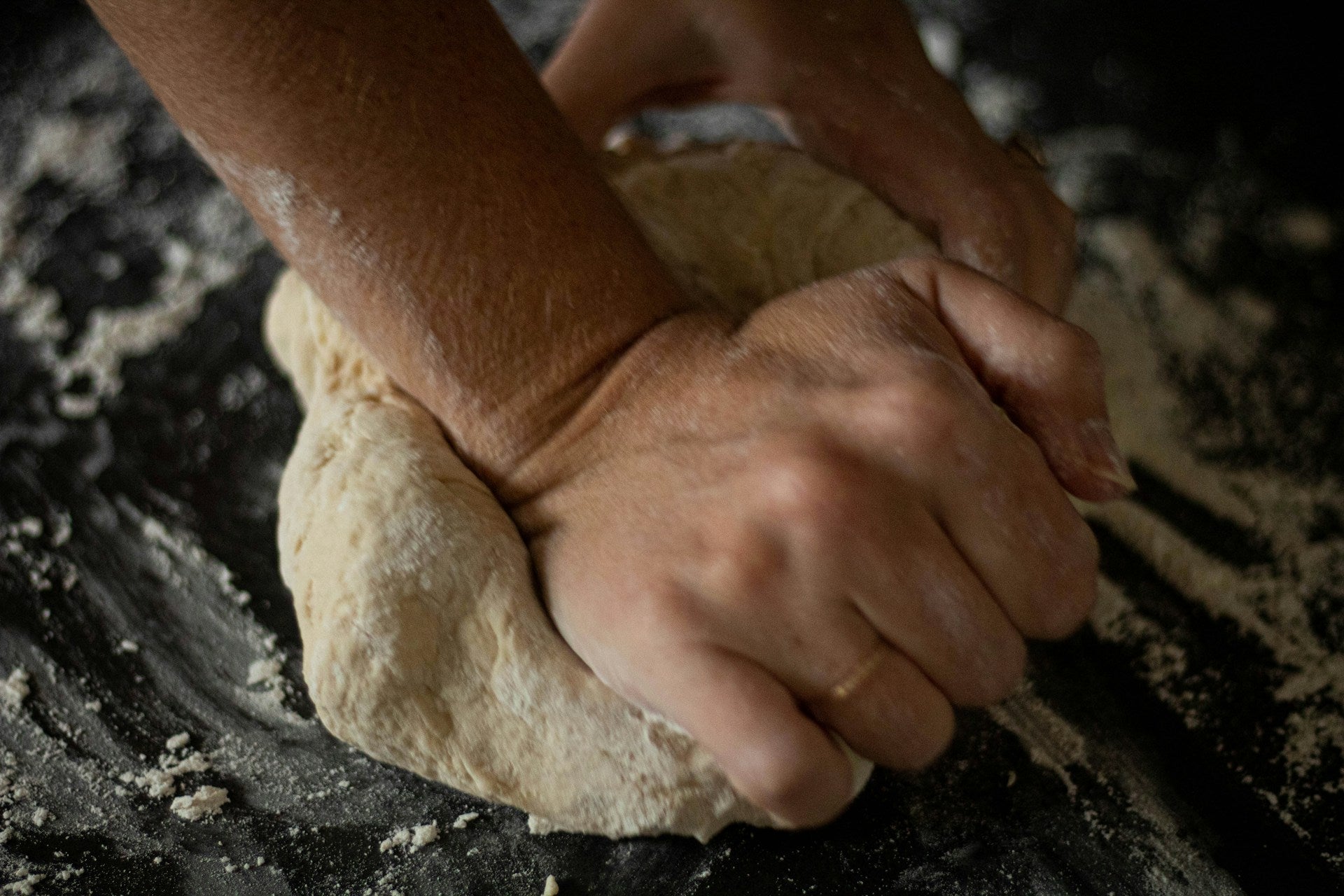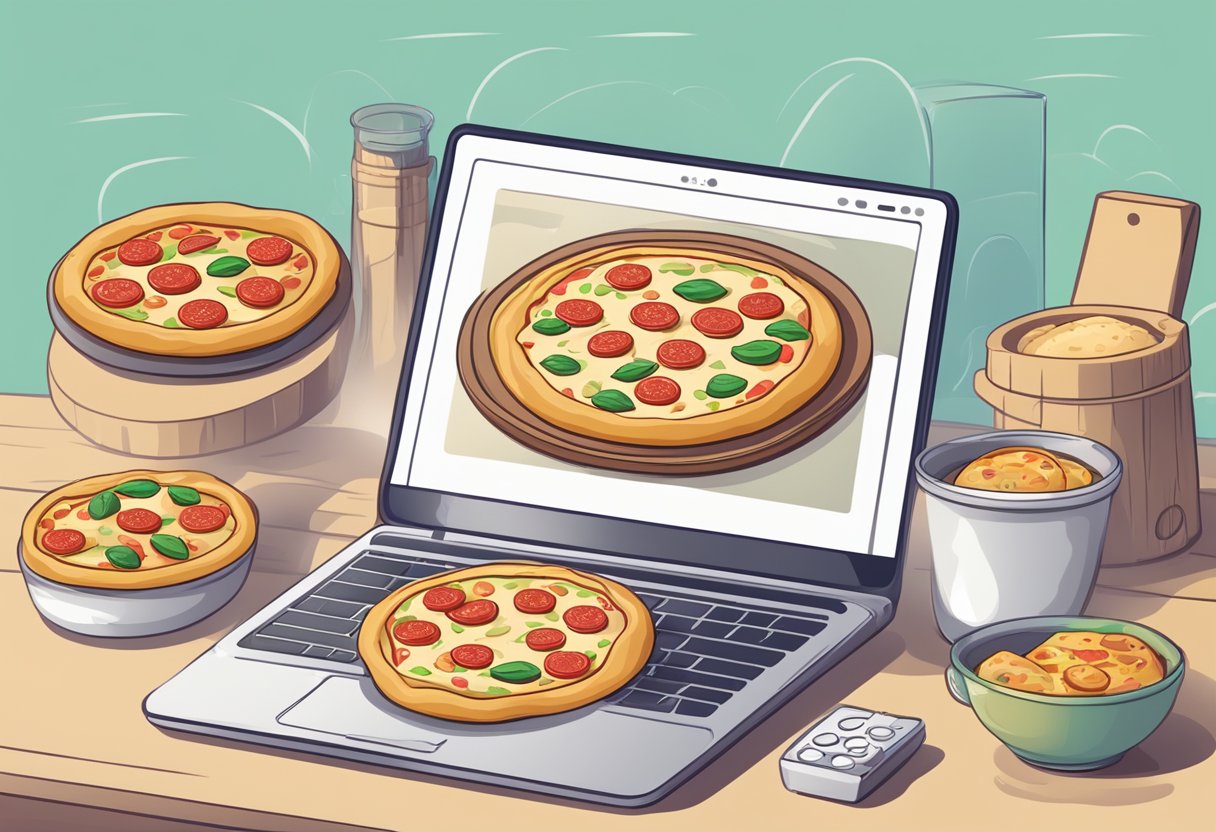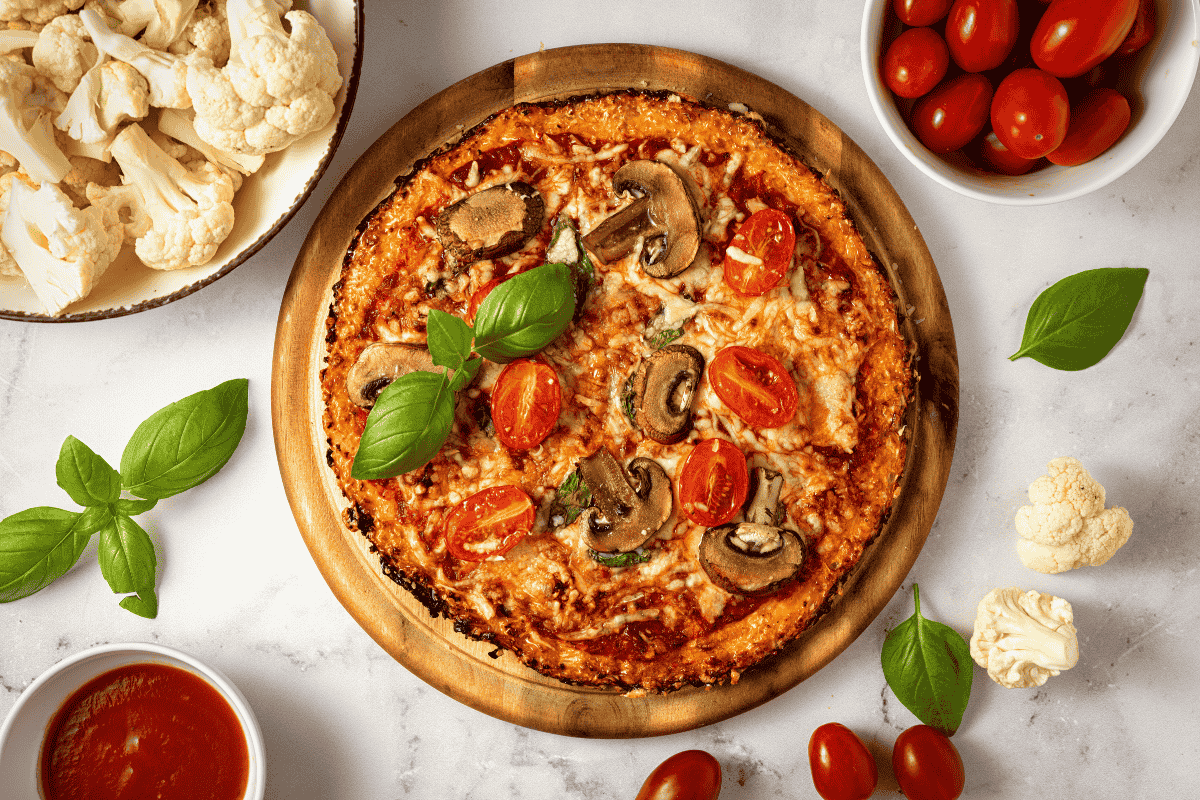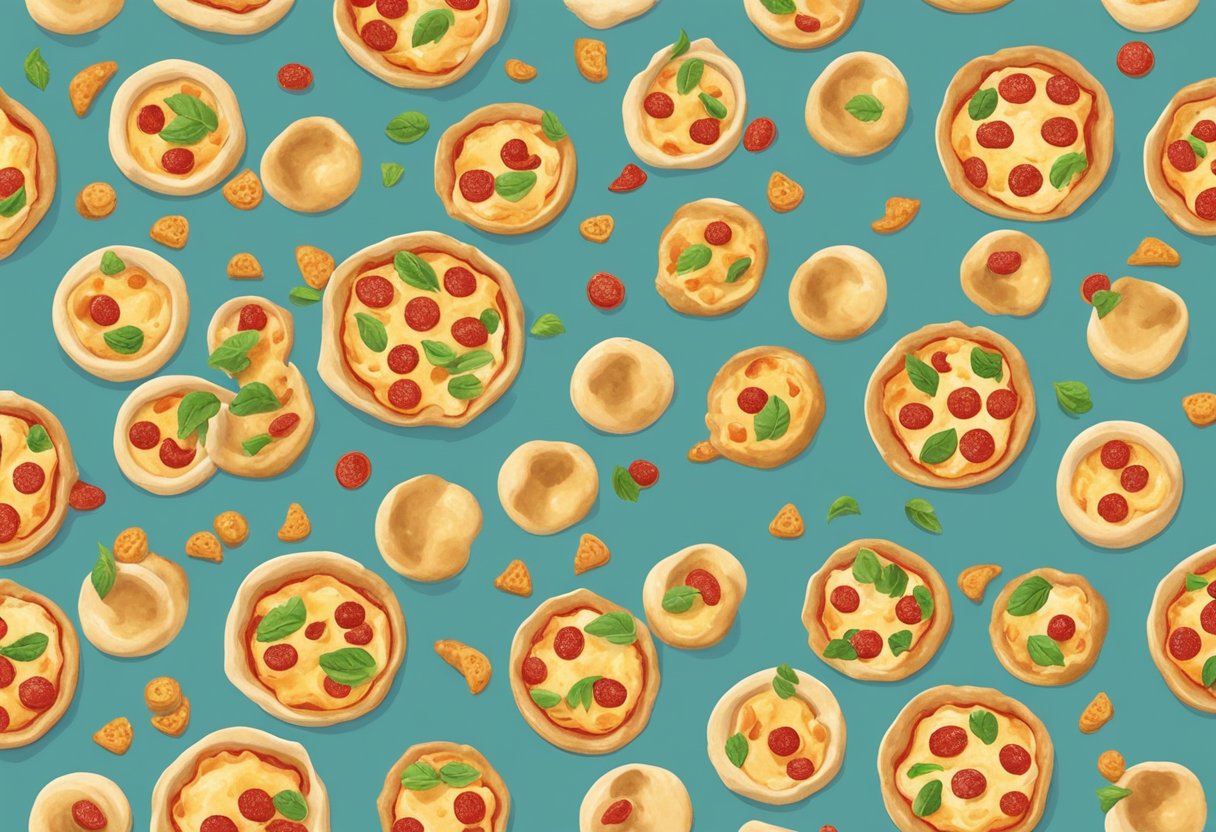
Order Pizza Dough: The Easy Way to Prepare Your Perfect Pizza Base
Ordering pizza dough can transform your cooking experience, allowing you to create delicious homemade pizzas with ease. Whether you’re planning a family dinner or a weekend gathering, having quality dough on hand is essential for achieving that perfect crust. You can find several options available for delivery or pickup, catering to various preferences and dietary needs.
Many establishments now offer frozen or fresh pizza dough, ensuring you can enjoy the authentic taste without the hassle of making it from scratch. When you consider the variety—from classic Neapolitan to sourdough—you’ll discover that ordering pizza dough is just as convenient as ordering pizza itself.
Getting started is simple. Explore different sources that provide pizza dough, like local pizzerias or specialty shops. With just a few clicks, you can have the ideal base for your next culinary creation delivered right to your doorstep.
Understanding Pizza Dough
Pizza dough is the foundation of any good pizza, determining its texture, flavor, and overall quality. A solid grasp of its history, key ingredients, and the chemistry behind its preparation is essential for crafting exceptional pizzas.
History and Styles
The origins of pizza dough trace back to ancient civilizations, with roots in Neapolitan cuisine. Initially, flatbreads topped with various ingredients were common among Greeks and Romans.
Neapolitan pizza emerged in the late 19th century, characterized by its soft, chewy crust. As pizza spread globally, various styles developed, each with unique dough techniques.
Popular styles include:
- New York Style: Thin, foldable crust with a crispy outer edge.
- Chicago Deep Dish: Thick, buttery crust with high edges, capable of holding lots of toppings.
- Sicilian: Thick rectangular dough, often with a spongy texture.
Each style showcases regional preferences and cultural influences.
Key Ingredients
Understanding the essential ingredients in pizza dough is critical. The dough consists of four primary components:
- Flour: Typically high in protein, flour provides structure. The type you choose can affect the final product.
- Water: Hydration is key for gluten formation. The ratio of water to flour varies, typically ranging from 60% to 70% in hydration.
- Yeast: This microorganism ferments sugars, producing carbon dioxide that helps the dough rise. Whether using fresh or dry yeast affects fermentation speed.
- Salt: Enhances flavor and strengthens gluten structure.
Choosing quality ingredients impacts your dough's texture and flavor significantly.
Dough Chemistry and Function
Pizza dough's success hinges on understanding the chemistry behind it. When mixed, flour and water activate gluten proteins, forming a network that traps gases.
The fermentation process involves yeast converting sugars into alcohol and carbon dioxide. This fermentation not only leavens the dough but also develops complex flavors.
Key processes include:
- Autolyse: Mixing flour and water before adding yeast allows gluten to develop, improving dough extensibility.
- Kneading: This process strengthens gluten and creates a uniform texture.
- Proofing: Allowing the dough to rest enhances flavor and texture through continued fermentation.
Each step is crucial for achieving the perfect pizza crust.
Preparation Techniques
When it comes to preparing pizza dough, understanding the key techniques is essential for achieving the perfect crust. The process involves mixing and kneading, proofing, and shaping the dough.
Mixing and Kneading
Begin by gathering your ingredients: flour, water, yeast, salt, and olive oil. In a mixing bowl, combine the dry ingredients first. Once evenly distributed, add the water and oil.
You can mix by hand or use a mixer with a dough hook attachment. If mixing by hand, use a wooden spoon or your hands until the mixture starts to come together. Kneading develops gluten, which provides elasticity.
Transfer the dough to a floured surface and knead for about 8-10 minutes. You should achieve a smooth and elastic texture. Proper kneading is critical for a chewy crust.
Proofing
After kneading, it's time for proofing. This step allows the dough to rise and develop flavor. Form the dough into a ball and place it in a lightly oiled bowl, covering it with a damp cloth or plastic wrap.
Let the dough rise in a warm, draft-free area. Aim for a double in size, which typically takes 1-2 hours. Remember to be cautious of temperature; an overly hot environment can hinder yeast activity.
If you need to proof the dough for a longer period, refrigerate it after it has initially risen. This slow fermentation enhances the flavor, giving your crust a more complex taste.
Shaping
Once proofed, the dough is ready to be shaped. Start by gently deflating it on a floured surface. Dividing the dough into manageable portions is helpful for smaller pizzas.
Flatten the dough gently with your fingertips, then use a rolling pin or stretch it by hand. Aim for an even thickness, about ¼ inch. Be mindful of creating a slightly thicker edge for the crust.
After shaping, let the dough rest for about 15 minutes before adding toppings. This brief rest helps relax the gluten, making it easier to work with.
Security Measures in Food Handling
Implementing effective security measures in food handling is crucial for maintaining food safety and public health. Proper practices ensure that the food you prepare and serve meets hygienic standards, thereby protecting both consumers and your business reputation.
Maintaining a Clean Workspace
A clean workspace is non-negotiable in the food handling process. You should start by regularly sanitizing surfaces, utensils, and equipment to eliminate harmful bacteria. Use food-safe cleaning agents and ensure that all tools are stored properly after use.
Organize your workspace to minimize clutter. A well-organized area reduces the risk of contamination and allows you to work efficiently. Establish a cleaning schedule that includes daily and weekly tasks for maintaining sanitation.
Additionally, ensure that waste disposal is handled correctly. Dispose of food waste in sealed containers and keep trash bins away from food preparation areas. Implement signage to remind staff about cleanliness standards to reinforce a culture of hygiene.
Personal Hygiene Standards
Personal hygiene is equally important in food handling. Adhering to strict hygiene practices helps prevent contamination. Always wash your hands thoroughly with soap and water before handling food, after using the restroom, and after touching any potentially contaminated surfaces.
Uniforms should be clean and free of any food particles. Wearing gloves is essential, especially when handling raw ingredients. Make sure to change your gloves frequently and avoid touching your face, hair, or other surfaces while working.
Use hairnets or caps to prevent hair from falling into food products. Additionally, ensure that nails are kept short and clean, and avoid wearing jewelry that can harbor bacteria. These practices collectively promote food safety and comply with health regulations.
Technology in Culinary Arts
In today’s culinary landscape, technology plays a vital role in safeguarding online recipes and managing digital culinary information. The focus on protecting your valuable data from external threats is crucial as you navigate this digital age. Below are key aspects of utilizing security technologies effectively.
Use of Imperva in Protecting Recipes Online
When publishing or sharing recipes online, safeguarding this intellectual property is essential. Using security platforms like Imperva helps protect your content from unauthorized access and attacks.
Imperva employs techniques such as web application firewalls and DDoS protection to ensure your recipes remain safe from malicious attempts. With these features, you can feel confident that your culinary creations will not be compromised.
Additionally, Imperva provides real-time monitoring capabilities to detect intrusions. This proactive approach enables you to take immediate action if any suspicious activity arises, ensuring the integrity of your digital recipes.
Preventing Malware in Digital Recipe Management
Malware poses a significant threat to your digital recipe management systems. Implementing robust security measures can help prevent infections that may disrupt your operations.
Regular malware scans should be part of your routine maintenance. These scans identify and eliminate potential threats before they can compromise your data. Make sure to use comprehensive antivirus software that includes real-time scanning to catch malware as it appears.
It's also advisable to maintain regular backups of your recipes. This ensures that, in the event of a malware attack, you can quickly restore your files without significant loss.
Taking these precautions will help protect your culinary creativity and ensure that your digital recipe management remains secure.
Best Practices for Storage and Preservation
To ensure your pizza dough remains fresh and usable, follow these storage tips.
Refrigeration: Store your dough in an airtight container. This prevents air exposure, which can lead to drying out or absorbing unwanted odors. To maintain the best texture, use a well-oiled container.
Freezing: If you need to keep dough for an extended period, freeze it. Wrap the dough tightly in plastic wrap or place it in a freezer-safe container. Frozen dough can last for up to three months. For optimal quality, use it within 90 days.
Thawing: When you're ready to use frozen dough, allow it to thaw in the refrigerator overnight. This gradual process helps maintain its texture. Avoid thawing at room temperature, as this can cause uneven results.
Avoid Overproofing: When storing dough, be cautious not to overproof it. Check regularly if you’re letting it rise in the refrigerator; it should double in size without becoming overly airy.
Storage Temperature: Keep dough in a cool area or in a well-regulated refrigerator. Ideally, refrigerate dough at 34°F to 38°F. Lower temperatures may slow down the fermentation process, maintaining flavor and texture.
Using these methods, you can maximize the shelf life of your pizza dough, ensuring it's always ready for your next pizza creation.
Frequently Asked Questions
When looking to order pizza dough, you have several options available. From local stores to online delivery, understanding where and how to purchase can enhance your pizza-making experience. Here are some common inquiries regarding pizza dough.
Where can I find pizza dough for sale in my area?
Local pizzerias often sell fresh dough. You can also check specialty grocery stores or farmers' markets that may offer artisan dough options. Additionally, many supermarkets carry pre-made dough in their refrigerated or frozen sections.
How can I order pizza dough online for home delivery?
Numerous online platforms allow you to order pizza dough directly to your home. Websites of local pizzerias may have delivery options. Popular grocery delivery services, like Instacart, can also provide a selection of dough from various stores in your area.
What are some tips for choosing the best frozen pizza dough balls?
Look for dough that is made from high-quality ingredients, such as organic flour and natural yeast. Check the packaging for freshness dates and avoid those with preservatives. It's also helpful to read reviews or ask for recommendations from friends or online communities.
Where can I purchase pizza dough in bulk quantities?
Wholesale food suppliers and restaurant supply stores typically offer pizza dough in bulk. You might also consider contacting local pizzerias to see if they sell larger quantities. This can be a cost-effective option if you're planning a large pizza-making event.
Which supermarkets offer the highest quality ready-made pizza dough?
Many larger grocery chains like Whole Foods or Trader Joe's are known for their quality pizza dough. Some regional stores may also have their own artisan dough brands, so it’s worth exploring different locations to find the best options.
What is the approximate yield of pizzas from a pound of pizza dough?
A pound of pizza dough typically yields one large pizza, about 12 to 14 inches in diameter. If you're making smaller personal pizzas, you might get two or three from one pound, depending on your preferred thickness and size.

